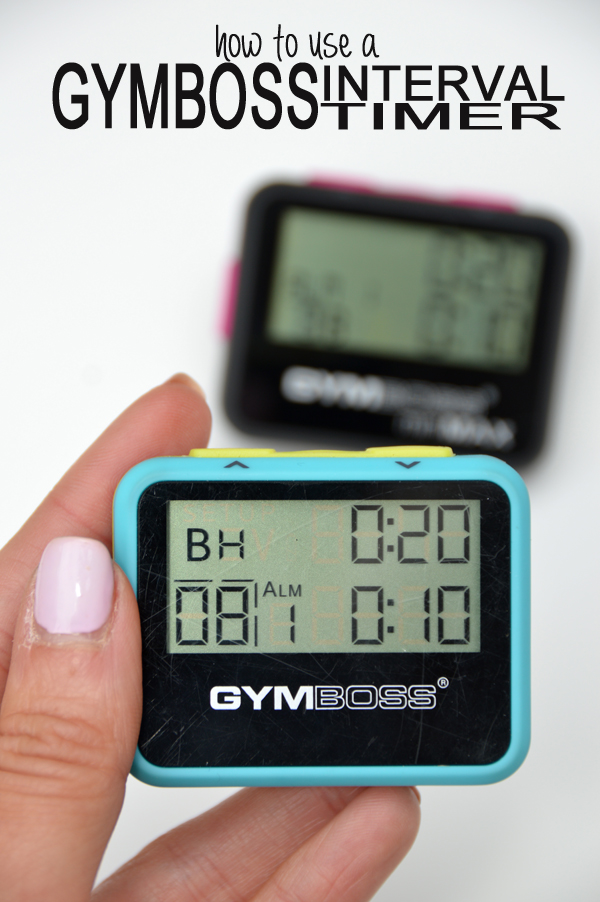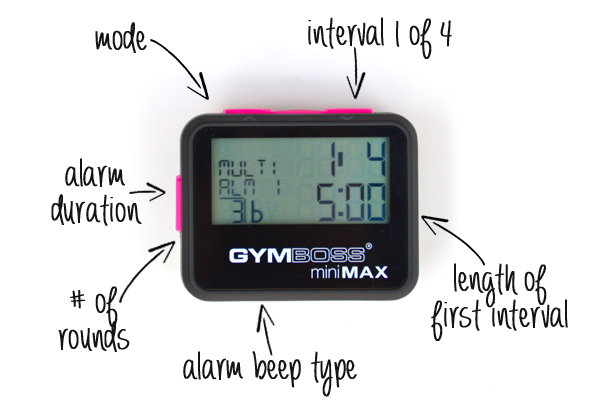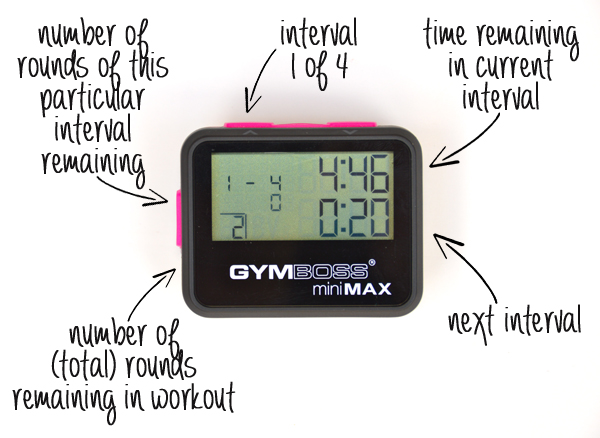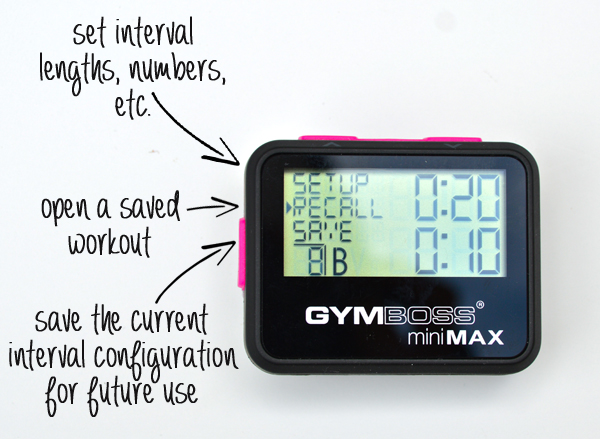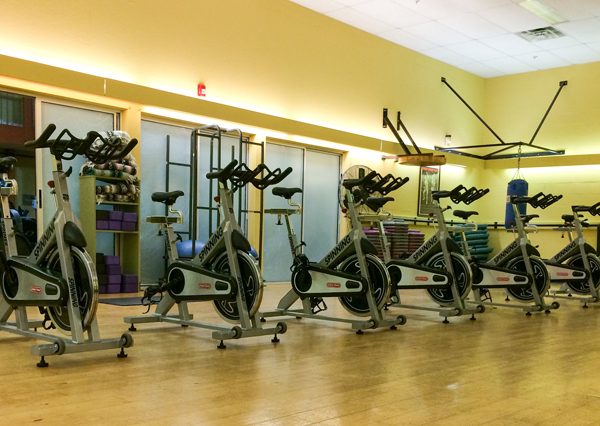 Happy Memorial Day! I hope you all are off doing fun long-weekend things instead of reading this blog post.
Happy Memorial Day! I hope you all are off doing fun long-weekend things instead of reading this blog post.
On Saturday, I drove up to New Hampshire to take a 9-hour Spinning certification workshop. Not how I typically spend Memorial Day weekend (quite the opposite, actually), but I’ve fallen so in love with teaching group fitness that I want to expand my expertise to the stationary bike, and this was the only day that worked for my schedule. I still have to take the online test to be officially certified, and once I do, I’ll put together a post talking more about my experience with it and the details of the certification.
For today, I just wanted to share a little interesting tidbit about the world of stationary bikes and clear up some common misnomers and confusions—there’s actually quite a bit of controversy surrounding “Spinning” vs. “indoor cycling.”
Spinning is a trademarked name, and is what you might think of as the traditional bike class you’d take at the gym (more common a few years ago). It’s based off outdoor cycling, so if you wouldn’t do it riding a bike outdoors, you don’t do it on the stationary bike. The workouts are supposed to replicate situations you might find yourself in on the road or in a race, and are built around heart rate zones—there’s actually a huge emphasis on this and wearing a heart rate monitor is strongly encouraged. Classes are each focused on different training types as well. Monday might be a strength ride, while Tuesday is a recovery ride, Wednesday an endurance ride, and Thursday a race day (you simulate a road race on the stationary bikes, pushing your hardest at the highest gear you can). To be an official “Spinning” studio, all the instructors must be Spinning certified through Mad Dogg Athletics and adhere to the program.
So that fun, trendy class you just took where you’re dancing around on the bike, using hand weights, doing push ups on the handle bars, and riding to the beat of the music? Not a spinning class. That’s an indoor cycling class. Pretty much everything you do in a SoulCycle “indoor cycling” class is prohibited in a Spinning class for safety reasons, or because it’s simply just not something you’d do on an outdoor bike. Unlike Spinning, where one day might be a recovery ride or a class where the goal is to keep your heart rate below 75% of your max, the goal of indoor cycling classes is always to kick your butt and leave you feeling totally spent. Think about it: if you’re spending $20+ per boutique cycling class, you want to feel like you got a killer workout–and people often associate killer workouts with a high heart rate, pouring sweat and a high-intensity class. I’m guilty of this as well–hell no am I spending $25 on a recovery ride. But in the training world…yes, these are just as important as classes where you push at max exertion rates.
To most people, it’s like…who cares. Spinning, indoor cycling—close enough. But the Spinning community is actually pretty up in arms about studios like SoulCycle and FlyWheel being commonly referred to as spin or spinning studios. Some hardcore cyclists and triathletes are flat-out appalled at what people are doing on stationary bikes in today’s group fitness classes because it goes against everything you’d do riding outdoors or racing.
The master trainer who taught my Spinning course on Saturday is a devoted and incredibly knowledgeable cyclist, and I found it fascinating hearing her opinions on these trendy boutique classes—especially since I love them. It’s ironic that I got Spinning certified, because the type of classes I love and want to teach aren’t even technically “Spinning” classes. I’ll get more into it in the post I do about the course, but I’m still so happy I did it—I learned a ton.
Traditional Spinning vs. Indoor Cycling—which do you prefer? And did you know that Spinning and indoor cycling were two different things?

